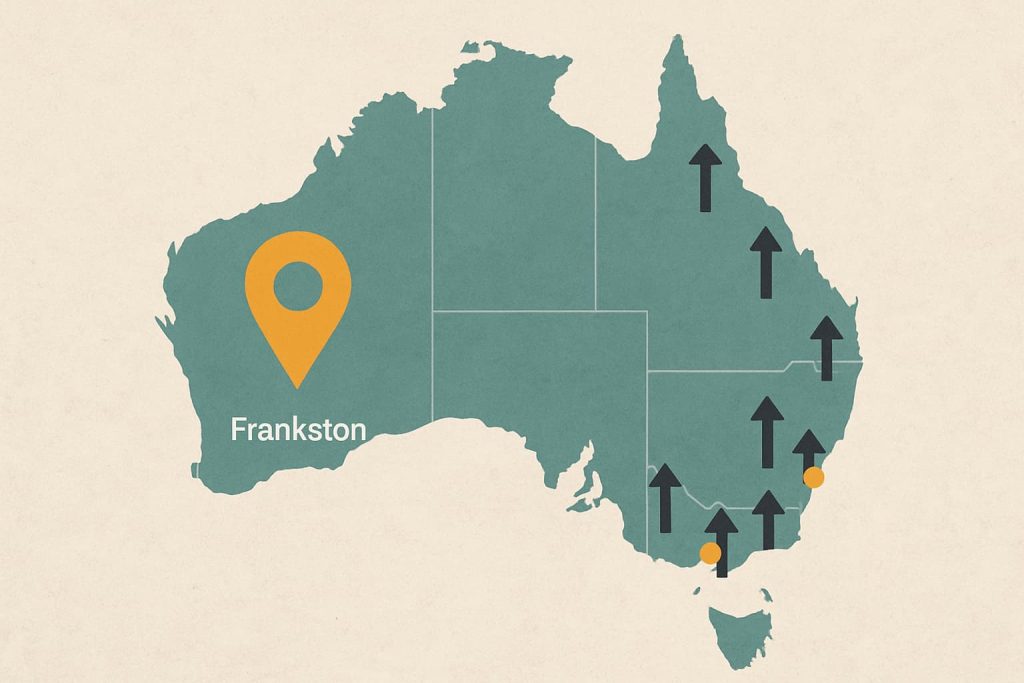Aside from the fact that commercial property is used for different purposes to residential, investors need to be aware that commercial loans are also different to home loans.
The most obvious difference between the two is how much you can borrow, and right off the bat you’re going to need a much bigger deposit if you’re interested in investing in commercial.
Part of this reason is that unlike a home loan, commercial loans do not offer lenders mortgage insurance to offset the risk to the lender.
“Roughly speaking, you’re looking at a 65-70 per cent deposit for standard non-specialised assets and this is a lot compared to residential loans,” Grow Capital managing director Nick Wormald told realcommercial.com.
This loan-to-value ratio can vary significantly however based on who the lender is, who the investor is and the details of the transaction.
Mortgage Choice commercial broker Alston Soff also spoke to realcommercial.com and said some lenders can offer an LVR up to 75-80 per cent.
“But this is the maximum deposit and you won’t be able to get away with an 80 per cent borrowing from the bank for every property and every situation,” he said.
“So your safest bet is to work on a 65%-70% deposit, which is where the majority of players play.”
If you’re lucky enough to have a guarantor then you could possibly borrow the full amount of a commercial property’s value, but that of course depends on the financial position of your guarantor.
A guarantor loan can increase the amount you can borrow by utilising security and leveraging the equity in an existing property or asset.
“You can borrow 100 per cent of a commercial property to purchase, but only if there is sufficient equity in alternate security to proceed,” Johnathon Reeves from Time Home Loans told realcommercial.com.
“This equity can be cross-collateralised as direct security or offered by a guarantee, which is where the confusion comes in.”
Mr Reeves said borrowers of commercial finance will usually have their borrowing power sitting in that 50-70 per cent range regardless of the property’s value.
Rather than focus on the value of a commercial property, he said lenders were more concerned with whether or not the commercial property would turn a profit.
“Not all commercial properties are treated equally with their value based on their security,” he told realcommercial.com.
“So as an example, something like a specialised property, such as a tyre centre or mechanic shop, could have a 50 per cent loan-to-value ratio.
“But your office lending can be up to 80 per cent at some banks, or generally 70 per cent.”
Even with properties that are worth over $2 million that offer more complex borrowing potential, Mr Reeves said the LVRs don’t really change as it’s instead all dependent on the deal and the security.



